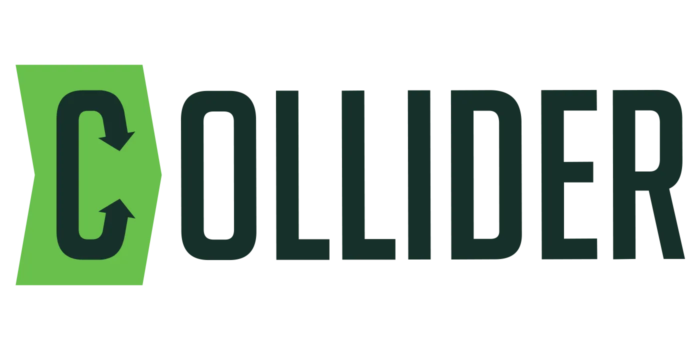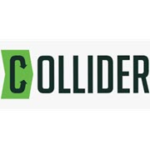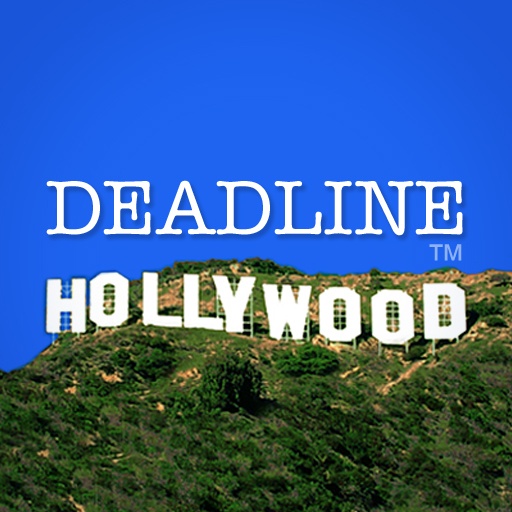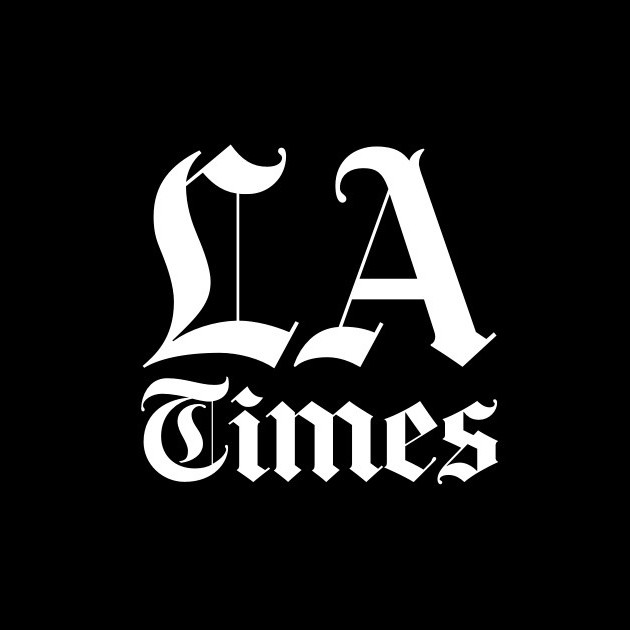Anna Zlovokic on Making Mental Health a Real Monster in ‘Appendage’

Anna Zlovokic on Making Mental Health a Real Monster in ‘Appendage’:
Existing as a woman in today’s world is no easy task. At best, it’s anxiety-inducing and a real headache, and at worst, it can be downright deadly. Sometimes, it can be both — a fact that writer-director Anna Zlokovic is keenly aware of. Her new film, Appendage, deals with that fact directly, something she calls both “stressful and cathartic” as a filmmaker, turning the effects of poor mental health from a nebulous concept most people are afraid to discuss into a creature as terrifying as any zombie or vampire could ever be. Can’t pretend your problems don’t exist when they’re chasing you, right?
The film, which started out as a short for Hulu’s Bite Size Halloween program, chronicles just what happens when mental health intersects with horror — the result being a monstrous appendage that grows out of protagonist Hannah’s (Hadley Robinson) side, a problem that becomes even more destructive once she finds others like her. It’s a walking, talking, insult-spitting manifestation of all the things living in Hannah’s brain, proof to viewers (who may have their own inner appendages) that anxiety really can be killer.
Collider was lucky enough to sit down with Zlokovic to discuss the film and its journey from a short film to a fully-fledged feature, also starring Schitt’s Creek’s Emily Hampshire. In this interview, we broke down her personal connection to the story, and how the idea of a living, deadly appendage resonates with the anxiety of being a woman. We also discussed practical effects, where she wants to go next with her work, and how Martin Scorcese’s After Hours inspired her modern “absurdist fairy tale”.
Check out the full interview down below and stream Appendage on Hulu now.
COLLIDER: I adored this film. I just missed it at Overlook Film Festival back in the spring, so I was so excited to get to talk to you about it. It’s such a good representation of what it’s like to just be a woman existing now, which is not something you see a lot in horror movies.
ANNA ZLOKOVIC: Totally. I really appreciate that. That was the goal, I guess, just that perspective coming through, and I’m so stoked that you liked it.
appendage-hadley-robinson-social-featuredImage via Hulu
The first version of the appendage, the little one, is kind of cute to me in a weird way and I was gonna ask you where I could get one, but then I realized I’m on Lexapro to prevent that exact thing from happening.
ZLOKOVIC: [Laughs] I feel you. I totally feel you, but I agree. I think she’s real cute. We’ve got a little replica over here.
Oh, I love it!
ZLOKOVIC: I think it’s adorable as well.
That’s a practical piece, both the little one and then all the way up to the big one. Does that present any challenges for you as a filmmaker having that piece in there or is it much easier than having, say, a CG little thing coming out of her side?
ZLOKOVIC: You know, both have their own challenges. Practical effects, I would say, definitely present a time challenge on set and also just preproduction challenges in a way where it’s like, “No, no, we can’t fix it in post,” so we gotta fix it in preproduction, and we have to rehearse it and make time for that and make sure it’s okay. One of our stages, I think it’s stage two, had six puppeteers as well as someone doing the voice, as well as somebody controlling the eyebrows. I mean, it is no joke. It is serious business. But to me, it’s really, really worth it because the effect of it is so visceral, and I just haven’t really felt that way yet with CGI in my own taste bubble.
Speaking of the appendage and of the voice, I spoke to Emily Hampshire earlier this year, and she does the voice for the first sort of two iterations of it, so how did that come about?
ZLOKOVIC: She totally surprised me with that. We were auditioning for the voice, and I had done all the temp voice stuff for the rough cut, and I was like, “I just cannot hear this anymore,” [laughs] like, “Let’s just get someone else in here.” I was looking through the auditions, and then I was like, “Emily Hampshire? What is she doing in here?” Like, “What’s going on?” And then I played it, and it was unbelievable, and it was really, really cool. She did something so different with it that I was surprised with. It was a lot of, like, Moaning Myrtle action in the auditions, and she really brought this cadence to it that was super grounded and unique.
Hadley Robinson as Hannah in ‘Appendage’Image via Hulu
I love the parallels it creates between her being the voice of the original appendage and then Claudia at the end.
ZLOKOVIC: Totally! We talked about that, too. It’s like the subconscious thing where it’s like all those voices are eating at Hannah in a crazy way.
I know that this film started off as a short for Bite Size Halloween, but before you even got to finish the short, you got the green light for the full film. So, in terms of sort of expanding that concept from what you saw in the short, what was that process like? It’s such a large expansion on where this appendage comes from.
ZLOKOVIC: Yes, and it was a challenge. It’s like, how do you turn this into a feature? And for me, it was always about having that understanding of anxiety and depression, of, it’s not just work that it’s gonna affect, it’s gonna affect your relationships, your friendships and, you know, your core childhood traumas eventually get into that with the parent stuff. So that was always kind of the guiding light in terms of how to expand it. And it’s just so lucky, like, I feel so lucky that they came on set with a short, and they were like, “This is cool. Your team is awesome. We like you, let’s make a feature!” And it was really cool in the sense, too, that it was so fast that I didn’t really get to edit myself too much. You know, like sometimes you’ve got that, again, that appendage editor voice in your head that’s like, “I don’t know if this idea is good enough, just throw it away!” And who knows how many good ideas are thrown away because you just edit yourself out of them too early?
When you premiered this film at South by Southwest, you mentioned that it was at least partially inspired by an exercise from your therapist of saying, “Take your anxiety out of yourself and make it into a separate character.” So when you’re dealing with anxiety as a filmmaker, and that being such a direct parallel with this story, does that add an extra layer of stress, or is it cathartic to say, you know, “I can get all of this out through this weird little being thing?”
ZLOKOVIC: [Laughs] I think it’s both. I mean, it’s not autobiographical. Obviously, I don’t have an appendage, but it’s emotionally very personal, and I think it is both stressful and cathartic. And I do think that in my favorite movies, you can sense that in the film where you’re like, “Okay, this filmmaker is, like, going through a thing. I can feel it. It’s connecting with me.” And so it was worth the stress of making it personal in that way, if that makes sense.
Yeah. Is anxiety something you want to kind of continue to grapple with in your work going forward, or is it like, “Okay, I can stick this one back on the bookshelf, and we can be done with it, and I can go explore other things?”
ZLOKOVIC: Yeah, I think it’s like the movie itself where it is just gonna be a thing for a while in the movies that I want to explore. Whether it’s anxiety or depression or other mental health stuff, I always am just like, “Oh yes, I want to talk about this,” and I think there’s still a bit of a void with that in films. Like, there’s grief, there’s all this other trauma-based stuff, but I’m really curious about just exploring mental health in horror.
Which I think is something that’s coming more to the forefront now. And as somebody who is anxious all of the time, it’s a nice thing to sit down and watch it and kind of feel for maybe an hour and a half that, you know, maybe things aren’t as bad as Hannah has it.
ZLOKOVIC: Totally! And it’s like, “Oh, we can talk about this. It’s okay to talk about this.” It’s fun to go to screenings, we’ve had two screenings, and people walk out, and they’re like, “You know, I actually have anxiety, too,” and I was like, “Yes! We all do. It’s okay!”
You mentioned the ending of the film, and I’m dying to talk about it because it kind of caught me off guard, and I interpreted it as Hannah kind of finally learning to take care of her mental health and be gentle with it. Is that the way that it’s supposed to be interpreted, or are you kind of a “no happy endings in horror movies” person?
ZLOKOVIC: I definitely think you nailed it, spot on. Yeah, the whole movie is mapped out that way where she’s so ashamed the entire time, and she’s locking it up in basements and closets, and she doesn’t want anyone to see it, and that obviously doesn’t work. And I think that contending with shame can make things so much worse. So, that was always the ending I had in mind. Some people would be like, “She should kill it,” or whatever, but I don’t know if that’s realistic. I think that it’s its own weird, kind of bittersweet, happy, sad ending in a way where it’s like, “We gotta coexist and love it.” Like you said.
Yeah, you can’t get rid of it, you just gotta learn to deal with it.
ZLOKOVIC: Absolutely. I remember taking a break from therapy, and I was like, “Yeah, I got rid of it!” [Laughs] I came back, and my therapist was like, “Dude, no. You can’t get rid of it.” You just have to have tools to deal with it and coexist with it and learn.
Exactly. So, one last question for you: I love learning about the horror movies that have influenced people, so were there any that were particular inspirations for this film?
ZLOKOVIC: Absolutely. [David] Cronenberg’s The Fly was a big one. I think that might be one of my favorite horror movies ever. And Julia Ducournau’s Raw, we watched that while we were shooting. Black Swan, I think that was Hannah’s movie in her head that she was having, you know what I mean? So, that was a big character one for her. You know, I watched After Hours [laughs], [Martin] Scorsese’s After Hours, while we were shooting it, which is not a horror movie, but it is kind of that, like, absurdist spiral of things going wrong that I think kind of bled into the movie.
It does feel a little bit like an absurdist fairy tale. I was trying to describe this movie to my family, and they’re like, “And you liked that?” And I was like, “Yes, of course,” because it does. As absurd as it is, existing as a woman in the world is absurd.
ZLOKOVIC: It’s so absurd. Even the thoughts that we have. It’s like, when you take a step back, you’re like, “That was…wow! Okay, that was a thing that’s crazy and funny and wild.”
View this article at Collider.

 Previous Post
Previous Post
